Best Public School Systems by State
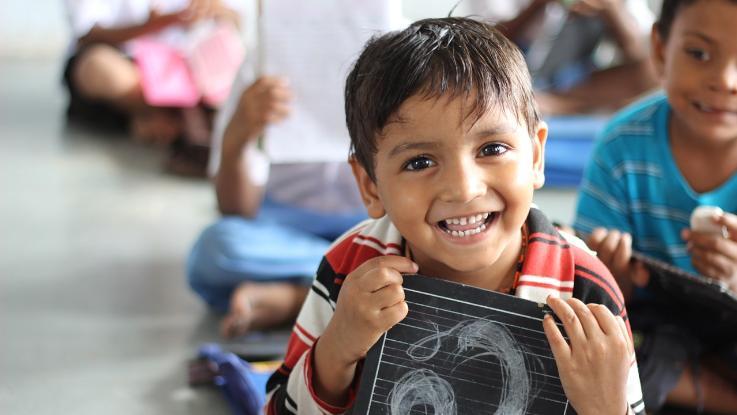
Choosing a school system for your children is an important and potentially life-altering decision. Some of the factors to consider when choosing where to send kids to school include test scores, the teacher-to-student ratio and the per-student spending. It’s also important, though, to consider safety, cultural offerings and dedication to education.
The following are the top 30 states with the best school systems for students to attend. Each state’s rank is an overall placement that factors in the list of items mentioned above.
30. Hawaii
Hawaii’s school system may not be the best, but it still bests many states. One thing Hawaii has going for it is that the school system is unified throughout the entire state, meaning that every school district is operated by the same Board of Education and follows the same policies.

In addition to public schools, private schools and charter schools, Hawaii also has 11 language-immersion preschools, which have little ones spend time with elders to learn cultural appreciation. Hawaiian students tend to score above the national average on the ACT college placement test but below average on the SAT.
29. Michigan
Michigan is a wonderful place to go to view the beautiful lake of the same name, but there are better places to send your kids to school. While Michigan has been known to spend as much as $14.5 billion on the education budget for the public school system, that doesn’t actually add up to much per student.
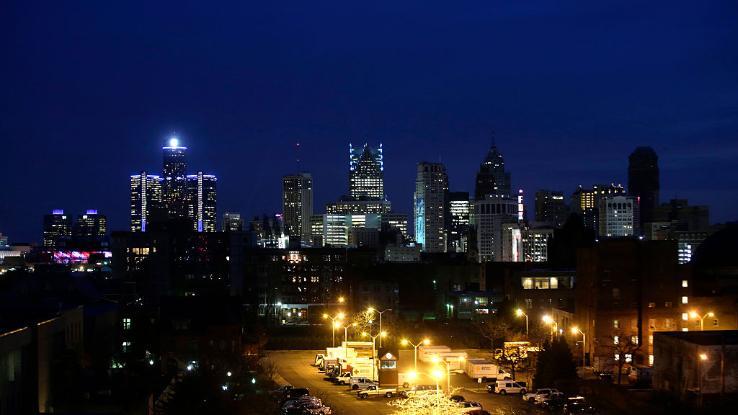
Student-to-teacher ratios in Michigan’s schools stay fairly low, with some schools averaging only seven students to one teacher. This gives teachers the ability to spend more time with individual pupils when needed. That ratio is quite possibly the most positive thing about Michigan schools.
28. North Carolina
North Carolina’s school system is average when taking all factors into consideration. The student-to-teacher ratio is one teacher to about 15 students, meaning that teachers cannot spend as much one-on-one time with the students who need extra attention. The per-student spending is approximately $8,390, which is relatively low, and the teachers’ salaries are some of the lowest in the nation.
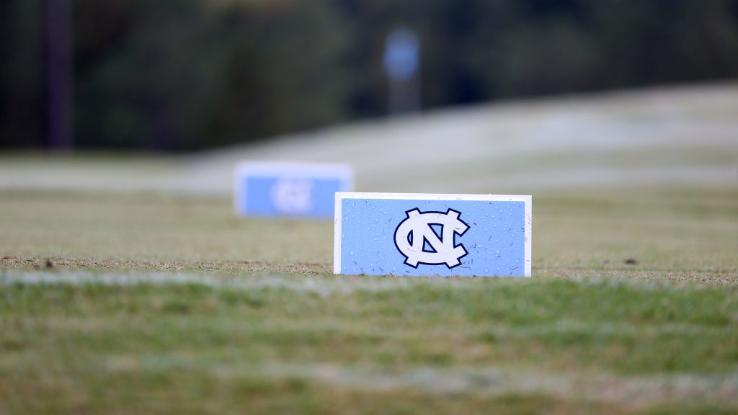
North Carolina’s graduation rate is about 82.5%, which is considered fair. ACT scores of graduates are some of the lowest in the nation, but the SAT scores are about average. Fewer than half of students are considered highly proficient in reading and math.
27. Florida
Florida’s school system also has a teacher-to-student ratio of one teacher to every 15 or so students and one of the highest administrator-to-student ratios at one admin to every 327 students. The per-student spending is one of the lowest in the country at $8,433, and the graduation rate falls in at 75.6%.
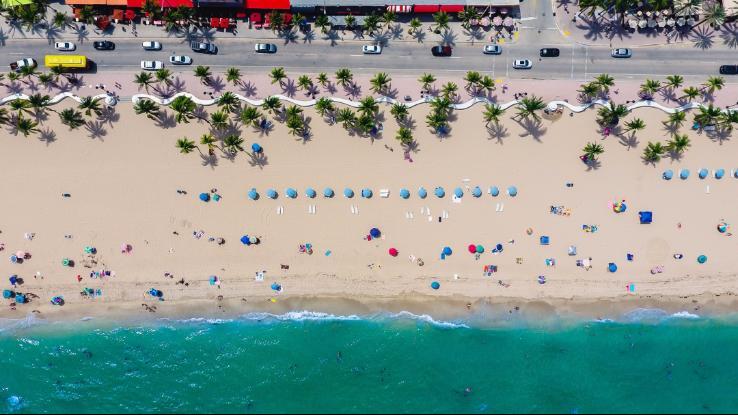
Math and reading scores on standardized tests show that less than half of Florida students are proficient at reading and math. In the southeastern states of Florida, Alabama, Georgia and Mississippi, Florida does rank pretty highly. However, on a national scale, the state’s ACT and SAT scores are more on the average side.
26. Idaho
Idaho schools have per-student spending of less than $7,000, which is actually the second-lowest in the country. The teacher-to-student ratio is one teacher to every 20 students, which is high compared to the national average. The state did score higher than the national average on the ACT but lower on the SAT.

Fortunately for Idahoan students, the state has been heavily focused on literacy for the last few years and is currently working on ways to improve math scores. Additionally, the board of education is looking into per-student spending for ways to redistribute funds in a more efficient way.
25. New York
New York’s school system has the highest per-student spending in the nation, which averages approximately $19,818 per pupil. The teacher-to-student ratio is one teacher to every 13 students — which is pretty low, all things considered. The state’s ACT and SAT scores are also at or above average.

One of the reasons New York comes in in the middle is due to its graduation rate of only 76.8%. School safety is also considered an issue. In some ways, though, New York students have it made because they live in the “cultural capital of the world” with more than 800 languages and diverse industries to experience.
24. Delaware
Delaware has one teacher for every 14 students and a high per-student spending level of $13,833. It was the first state to put the Internet into every classroom in K–12 schools. The state has an 80.4% graduation rate, and Delaware students scored above the national average on the ACT but ranked pretty low in SAT scores.
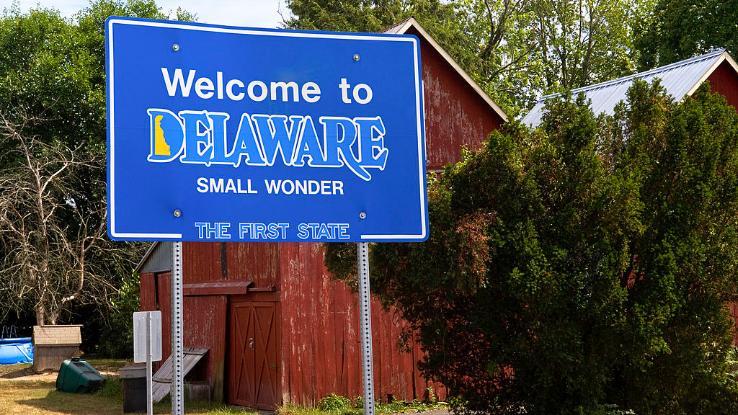
One upside to Delaware’s school system is that the local school boards have some control over both the curriculum used and taxation. This is helpful in that they can better see what each school district needs individually instead of generalizing.
23. South Dakota
Despite South Dakota holding nearly one-fifth of the country’s bank assets and having lucrative employment including Citibank and Ellsworth Air Force Base, student spending is fairly low at only $8,470. Even so, South Dakota scored higher than the national average on both the SAT and ACT, and it has a graduation rate of 82.7%.
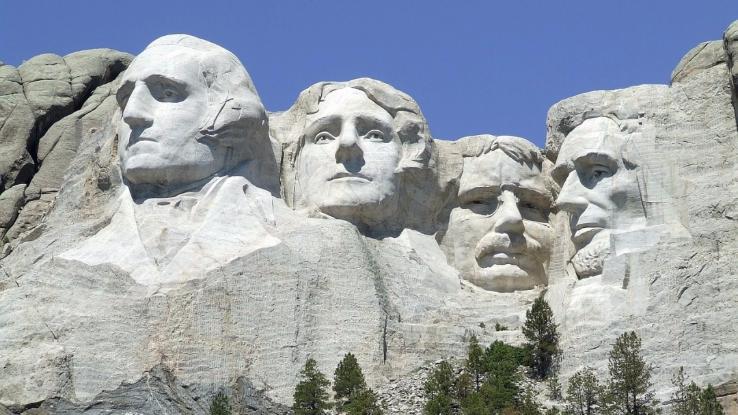
With such high test scores, one would expect that most of the students would be proficient in math and reading. However, fewer than half of students are considered proficient, and they score lower in reading and math than kids in their neighboring states.
22. Utah
Utah schools have a very high teacher-to-student ratio of one teacher for every 23 students and the lowest per-student spending in America at just over $6,500. Nevertheless, the state’s students do well in numerous areas, so funds and ratios don’t seem to affect them.
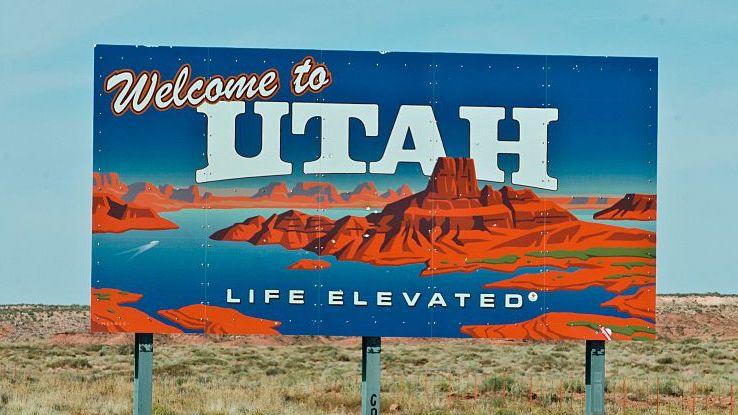
Utah’s students scored higher in reading and math proficiency than the national average. Their graduation rate of 83% beats the national average as well. Their ACT scores were barely below the national average, but their SAT scores were above. Additionally, the dropout rate is only 1.5% — much lower than the 3.3% national average.
21. Missouri
The Missouri school system does pretty well for its students, too. There’s an average of one teacher for every 14 students, which is lower than the national average and its neighboring states’ ratios. There’s approximately $9,500 in per-student spending per year, placing Missouri around the middle of the nation.
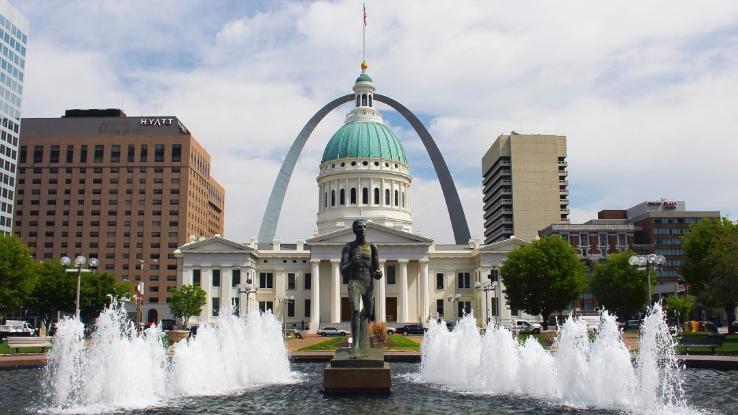
Students’ reading and math proficiency scores are within one to two percentage points of the national averages. Missouri students scored higher on both the ACT and SAT than the national average. Additionally, the state’s graduation rate is above average at 85.7%, and the dropout rate is lower than average.
20. Montana
Montana has much more land than people — two-thirds of the state is farmland. That may be why it has a lower-than-average teacher-to-student ratio of one teacher for every 14 students. Per-student spending is approximately $10,600, making it mid-range in its spending. The state did attain both higher math and reading proficiency scores than the national averages.

Montana students also scored higher on both the ACT and the SAT than the national average. The graduation rate is 84.4%, which is high, but the dropout rate is higher than the national average at just over 4%.
19. Washington
Washington has several public arts schools, such as the Tacoma School of the Arts, the Center School and the Vancouver School of Arts and Academics. Additionally, Washington offers multiple STEM schools, such as Delta High School, Tacoma Science and Math Institute, Raisbeck Aviation High School and the Tesla STEM High School.

The state also has the “Running Start” program, which began in 1990. This program lets high school juniors and seniors earn college credits from a higher-education institution while working toward their diplomas. This helps students earn college credits — for free — that they can apply toward bachelor’s degrees.
18. Ohio
Though still not at the top of the list, Ohio school systems have improved enough to move up 20 spots in the last eight years. The state has an average teacher-to-student ratio of one teacher to every 16 students and per-student spending of $11,197.
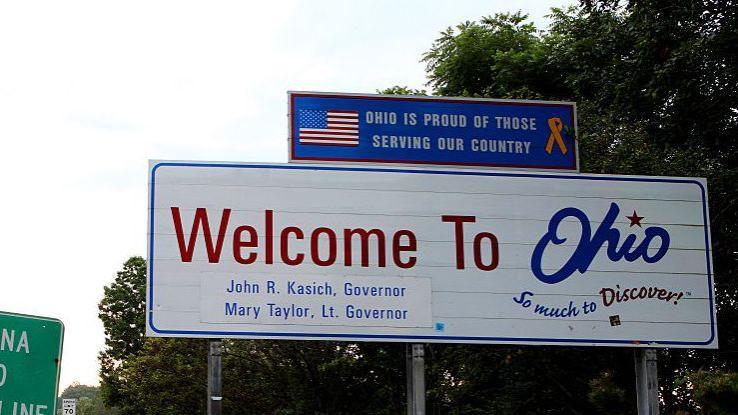
Ohio’s reading and math proficiency test scores are above the national average and higher in most areas than those of neighboring states. The students’ ACT scores and SAT scores rank higher than the national average, too. Ohio’s graduation rate of 82.2% is higher than the national average. Unfortunately, so is the state’s dropout rate of over 4%.
17. Maine
Maine has a low ratio of one teacher to only 12 students, as well as higher-than-average per-student spending of $12,344. Maine’s reading proficiency and math proficiency scores are above the national average — though not as high as in the neighboring states of Massachusetts, Vermont and New Hampshire.

Students scored above the national average on the ACT. However, their SAT scores were quite a bit below average. The state’s graduation rate is 86.4%, which is higher than the national average and within range of its neighbors. The dropout rate of 3.2% is right below average.
16. Wisconsin
Wisconsin has approximately one teacher for every 15 students, which is the lowest among its neighboring states, and it spends an average of $11,071 per student. The percentage of students at or above proficiency in math and reading is higher than the national average and comparable to its neighbors.

Students who took the ACT and SAT here scored above the national average. Wisconsin also has a graduation rate of 88%, which not only beats the national average but the averages of all of its neighbors. The state’s dropout rate of only 1.9% is significantly below the national average.
15. Kansas
Kansas schools have a below-average teacher-to-student ratio of one teacher to every 12 students. Its per-student spending is also below average at less than $10,000. However, reading and math proficiency test scores here are above both the national average and most of the state’s neighbors.

Kansas students who took the ACT scored above the national average and above the averages in neighboring states. Those who took the SAT also scored above the national average and all but one of the state’s neighbors. The graduation rate of 85.7% is above the national average but in line with Missouri, Nebraska and Oklahoma.
14. Colorado
Colorado runs below the national average in more than one way. There’s one teacher for every 18 students, per-student spending is less than $9,000 and the graduation rate is about 76.9%. The state does, however, have a couple of things going for it.

Students that are at- or above-proficient in reading and math are higher than the national average and neighboring states. In fact, the fourth-grade math proficiency score of 50% ranked sixth-highest in the nation. Students who took the ACT test scored only 0.5 points below the national average and above on the SAT.
13. Iowa
Great education for Iowa started back in 1910 with the introduction of secondary schools. Iowa established high schools across the whole state — something that was completely unheard of at that time. The state has the top graduation rate in the country and one of the lowest student-to-teacher ratios.
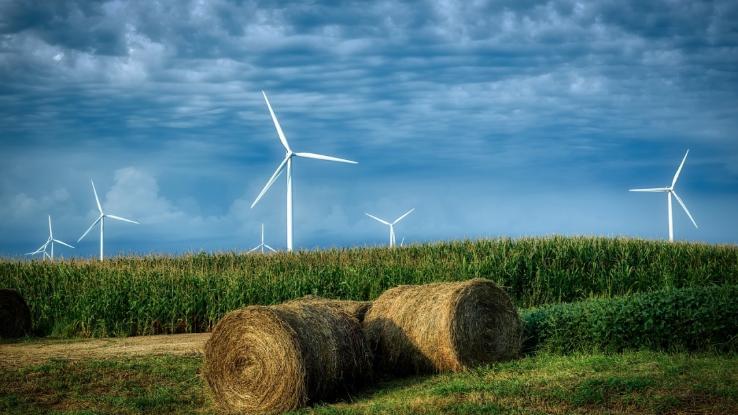
The Iowa Board of Educational Examiners is the oldest state education board in the country, and it’s very involved in the education system. In addition to public schools and public charter schools, there are specialized schools such as the Iowa Braille and Sight Saving School and the Iowa School for the Deaf.
12. Minnesota
Among other things, Minnesota is dedicated to teaching literary arts. In 2015, Minneapolis, Minnesota, was named the nation’s “most literate city” with St. Paul, another city in Minnesota, coming in fourth place. A 2013 study of eighth-grade students’ performance in math and science showed that Minnesota ranked eighth place in the entire world.
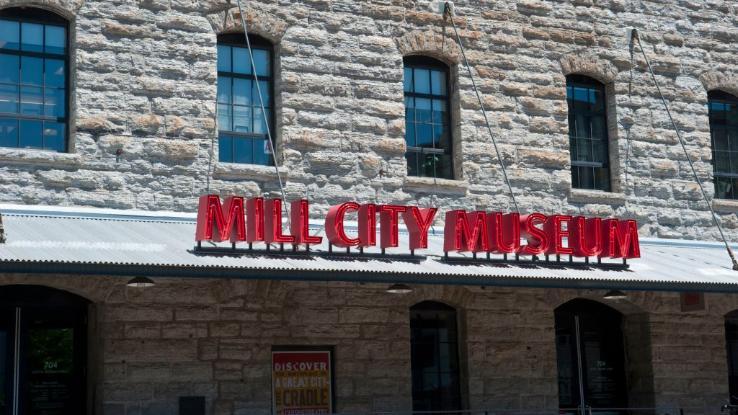
The state is home to charter schools and a wide network of public universities and colleges. There are 20 private colleges and universities, which include some of the United States’ top liberal arts schools, carrying on the idea that literary arts make a big difference in education.
11. Maryland
Approximately 40% of Maryland’s general fund goes to education, which is spread out to public schools and charter schools. The state is interested in taking learning outside of the schools, too, and making it widely available. There are 24 libraries that provide education to all interested Maryland residents through three systems: Self-Directed Education, Research Assistance & Instruction and Instructive & Enlightening Experiences.

This dedication to education and self-improvement continues after high school graduation, as is evident in the state’s colleges and universities. Maryland is home to widely known Johns Hopkins University and to the United States Naval Academy.
10. Pennsylvania
Pennsylvania is home to the sixth-biggest economy in the United States — 44 of America’s largest companies are here. This may be why the state ranked high in its per-student spending of $13,864. There’s also a below-average teacher-to-student ratio of one teacher to 14 students.

Math and reading proficiency tests show above-average scores. In fact, the state ranks in the top third for math, reading and writing tests. The state’s ACT scores are above the national average, but the SAT scores are very slightly below it. Pennsylvania’s graduation rate of 85.5% is also higher than the national average.
9. Nebraska
Nebraska is another state that has a teacher-to-student ratio of only one teacher to 14 students. The per-student spending is more than $11,500, ranking the state in the top third of the nation. The percentage of students who are at or above reading and math proficiency is higher than the national average, too.
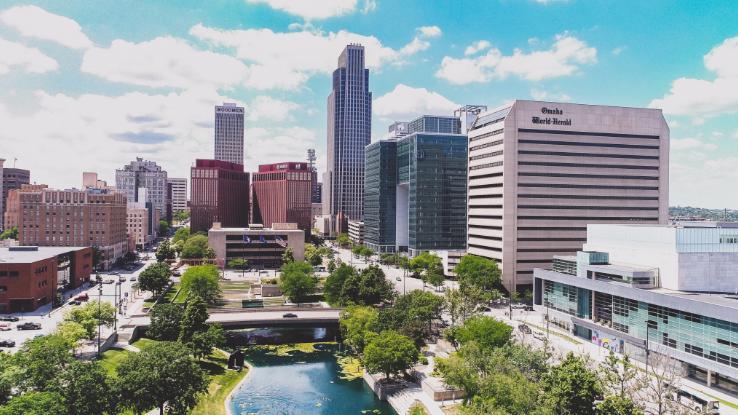
Students who took the ACT and the SAT scored higher than the national average and in line with neighboring states. Nebraska also has one of the highest graduation rates of 88.5%. Even the dropout rate of approximately 2.1% is lower than the national average.
8. Virginia
If you’re looking for a culture-rich state with high test scores, Virginia is the place. The schools consistently outperform the national average in all subjects. The Virginia Department of Education created the state’s Standards of Learning and regularly enforces them, ensuring that public schools provide a high-quality education to all students.
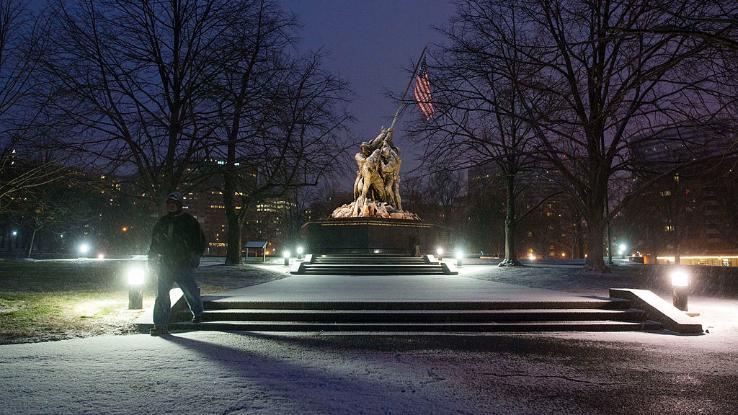
Going beyond test scores, it’s an achievement that 91.6% of Virginia’s high-school seniors graduated on time in 2018. There’s a large array of private and public schools, charter schools and programs for the gifted. There are 169 colleges and universities, including Virginia Tech and Virginia Military Institute.
7. Illinois
Illinois has an average of one teacher for every 15 students and has per-student spending of $12,288. The percentage of students who are proficient in reading and math is in line with the national average. ACT scores come out to slightly below the national average, but SAT scores here are significantly above the national average and the state’s neighbors.

The graduation rate of 83.2% is a little above the nation’s average. The Illinois State Board of Education audits the performance of Illinois public schools and helps create effective plans for education spending — plans which are bringing changes to the entire school system.
6. Indiana
Indiana has a higher-than-average teacher-to-student ratio of one teacher to every 17 students, and the per-student spending of $9,566 is pretty low. However, math and reading proficiency test scores are significantly above the national average and most of the state’s neighbors’ scores.
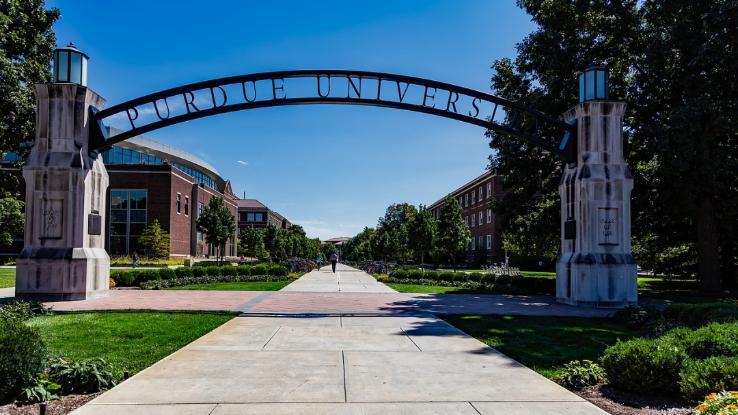
Indiana’s graduation rate of 87% is well above the national average. In fact, it’s one of the highest in the nation. ACT scores are also higher than the national average. The SAT scores, on the other hand, are slightly below it. The state also has a low dropout rate of approximately 1.8%.
5. Connecticut
Though Connecticut’s school districts are ranked fifth overall, the state ranked third for educational performance. There’s one teacher for approximately every 13 students, and the state has the fifth-highest per-student spending at $16,631. Students’ reading and math proficiency test scores are above the national average but under Massachusetts’ and New Hampshire’s scores.
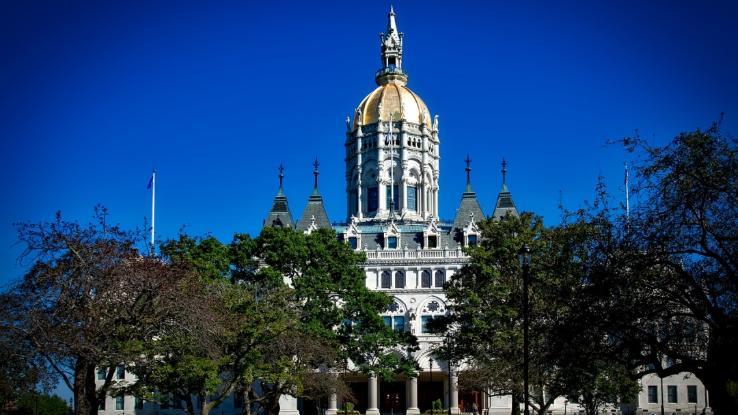
Connecticut ACT scores are high above the national average and two of its neighboring states’. The SAT scores are also above the national average, as is the graduation rate. The dropout rate is under 2%, putting Connecticut below the national average of 3.3%.
4. Vermont
Vermont is one of the states with the lowest populations considering its size. This likely contributes to the ability of the state to provide one teacher for every 11 students. It also has high per-student spending, ranking sixth at $16,377. The state’s math and reading proficiency scores rank very high, possibly thanks to the teacher-to-student ratio.
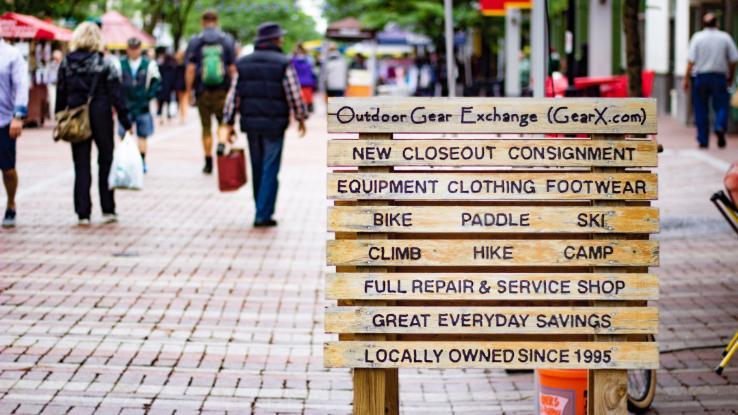
Great scores don’t stop there, though. Both ACT and SAT scores are above the national average and in line with neighbors Massachusetts and New Hampshire. Vermont’s graduation rate of 86.6% is one of the nation’s highest, and the dropout rate is lower than average.
3. New Hampshire
New Hampshire’s school system ranks third overall in the country. The teacher-to-student ratio is low, at one teacher to every 13 students, and the per-student spending is over $14,000. New Hampshire’s students score significantly higher than the national averages on their math, science and reading assessments.
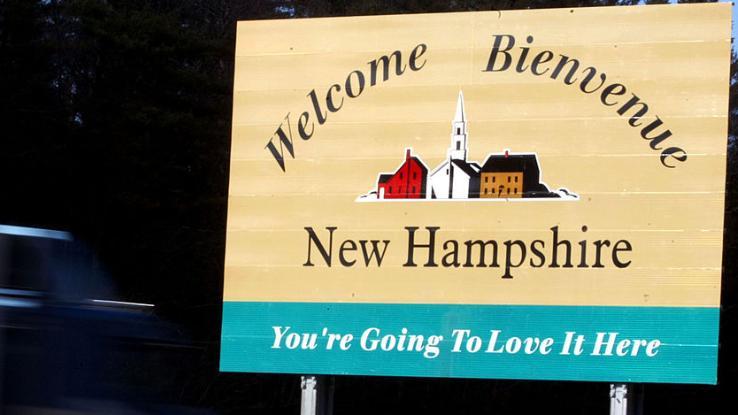
The well-funded school system most likely has the whole state’s economic status to thank. Less than 5% of the population lives in high poverty. The state is also pretty small — every city has fewer than 100,000 residents except for one. It also has a slow growth rate, which benefits the state dramatically.
2. New Jersey
New Jersey’s school system is an excellent option for students who need more one-on-one attention in the school setting because it has a low student-to-teacher ratio at one teacher for every 12 students. It also has higher per-student spending than the national average and one of the highest-educated workforces.
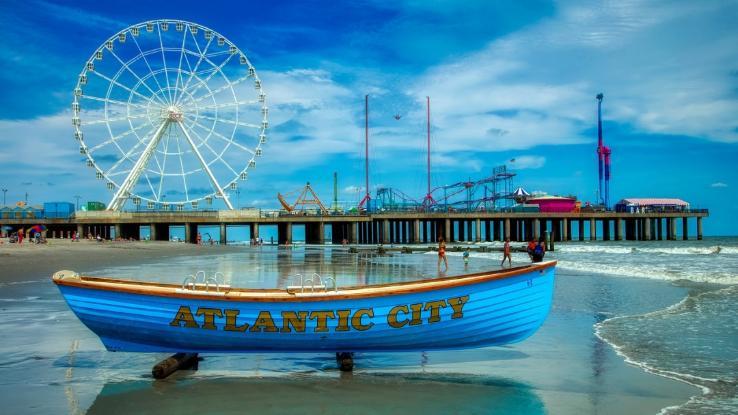
New Jersey also has one of the highest graduation rates in the country — 87.5% — and the third-highest reading and math scores of the nation. The state earned nine Blue Ribbon Schools awards from the U.S. Department of Education for high student achievement and high-quality programs in 2019.
1. Massachusetts
In 1993, Massachusetts leaders decided to transform education, making it available to students of all financial backgrounds. They set very high standards and implemented a very strict accountability system to ensure that no child got left behind through the eighth grade.
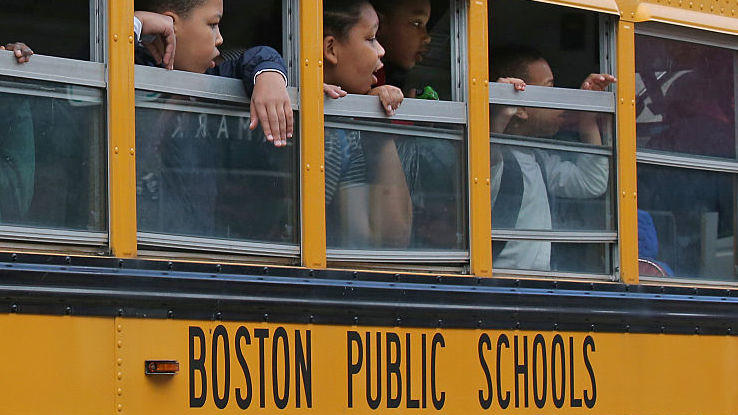
Since the transformation began, Massachusetts has worked hard to fulfill its goal. In addition to other acts, the state allowed and welcomed charter schools into the system. The state has also more than doubled its public education funding. All of this work resulted in having an incredibly low 2% drop-out rate and rising to the number-one spots for math and reading scores nationally.





